Historian Peter Frankopan opens his new book on the Silk Roads with a Greek myth about two eagles that Zeus loosed from the opposite edges of the world; the place they met was said to be holy, a space where gods and humans could speak freely.

Historian Peter Frankopan Photo: Supplied
As a boy, Frankopan imagined the eagles flying over the Eurasian landmass, one leaving from the westernmost point of western Europe, the other from the east and meeting somewhere in central Asia, “the heart of the world”, along the old Silk Roads connecting Europe and Asia. Two new books this year have travelled the same roads but arrived at very different views of how the centre of this part of the world looks.
Frankopan’s 2015 book, The Silk Roads; A New History of the World, hit a nerve in a world watching the rise of the East and the eclipse of the West. It sold by the truckload. The Professor of Global History at Oxford argued that the rise of western Europe, the Atlantic and America, was a relatively brief three century-long departure from more ancient systems of power and trade, in the great centres of China, India, the Middle East and Persia, all connected by overland routes.
Things shifted on their axis when Columbus made his way to America and Vasco de Gama rounded the southern tip of Africa, opening maritime trade routes, and making western Europe the hub of trade for the first time. The industrial revolution cemented its place. But this era was an exception, argued Frankopan. His book is a sweeping history of hundreds, even thousands of years, of caravanserai, merchant towns, empires along the Silk Roads. The idea of a Silk Road - in fact, dozens of silk roads - was coined by a German geographer Ferdinand von Richtofen in the nineteenth century to describe the network of routes to Han China. It stuck. Frankopan told how new religions and ideas travelled back and forth in the saddlebags of soldiers and merchants.
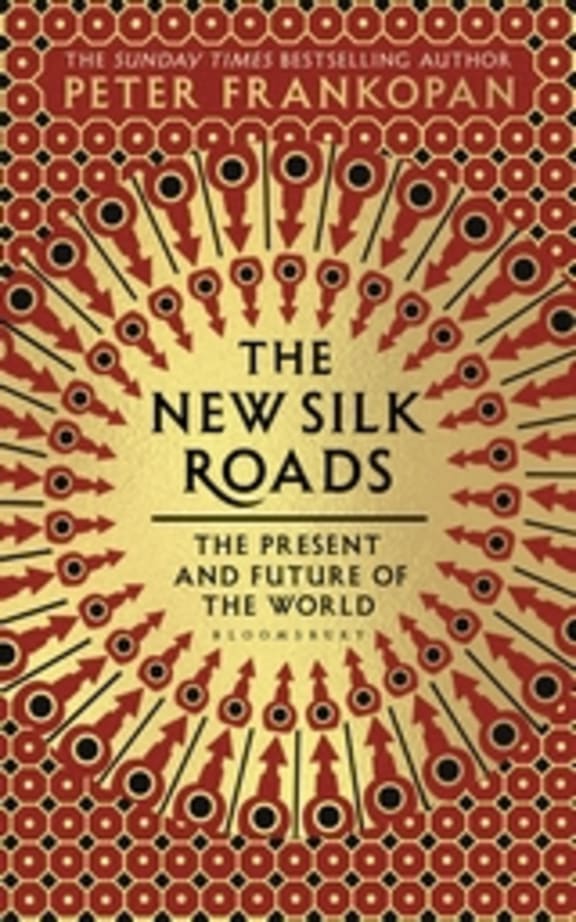
The New Silk Roads Photo: Supplied
In the end, he concluded, the Silk Roads are rising again. His latest book, The New Silk Roads: The present and future of the world, started life as a new epilogue to the history; instead, it became a new and very different book, a lesser book than his history, but still readable. Frankopan sets out to document all the geopolitical changes of the last four years which prove his theory that the silk roads are rising again.
“I wanted to show that the decisions being made in today’s world that really matter are not being made in London, Paris, Berlin or Rome - as they were a hundred years ago - but in Beijing and Moscow, in Tehran and Riyadh, in Delhi and Islamabad, in Kabul and Taliban-controlled Afghanistan, in Ankara, Damascus and Jerusalem,” writes Frankopan (still somewhat Eurocentrically, ignoring the USA).
The problem is that his grand sweep of Silk Roads history has now been replaced by the very limited focus of the last four years. There isn’t a trade agreement, new pipeline or railway line built through the “Stans” recently which Frankopan doesn’t excitedly pursue to prove his point. He follows his new silk roads as far as the Caribbean and Sao Tome e Principe, in West Africa, a country once memorably described by the World Bank as having not a single economic thing going for it. At times, his book has the feel of an extended Time magazine feature.
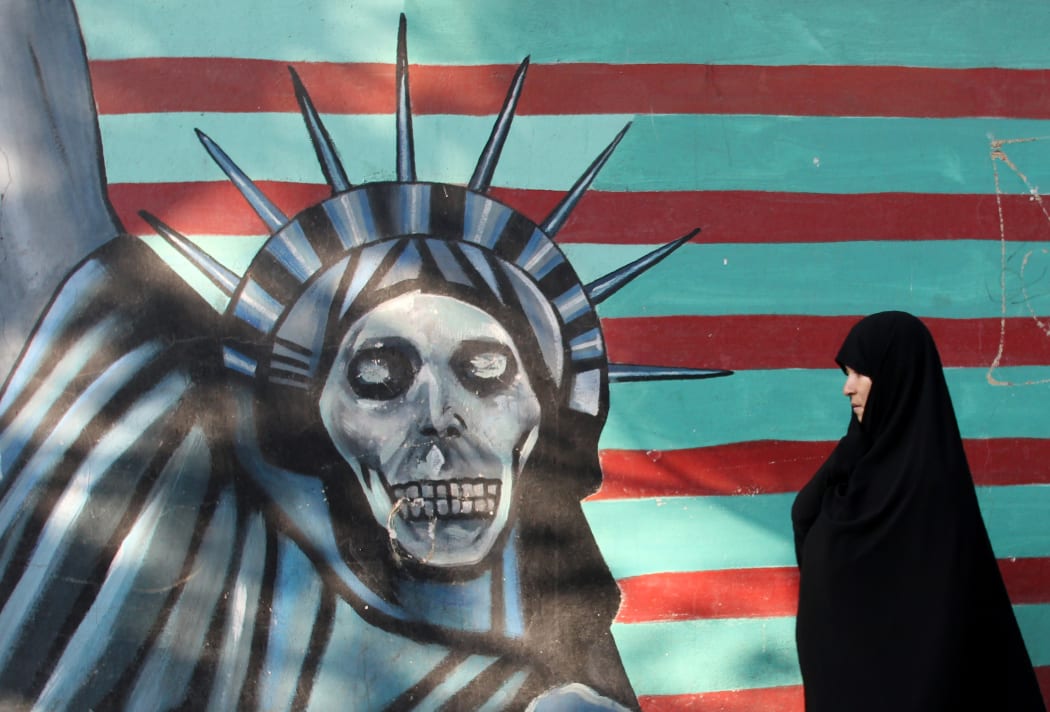
A woman in Tehran walks past a mural on the wall of the former US embassy. Photo: AFP
But having said that, Frankopan’s new book contains some very good insights. He is strong on the oddities of the “Stan” countries, their often-illiberal politics and strange vanity projects, like the countries competing to build the world’s tallest flagpole. Or the strangeness of projects like Turkmenistan’s Ashgabat airport which can handle 17 million passengers a year, a massive spike on the barely 150,000 who currently fly in. He paints a picture of a region beset by petty rivalries, border disputes and illiberal governments but one that is slowly, creakingly trying to grow, develop and work together.
China's Belt and Road
Much of this infrastructure building is being driven by China’s One Belt, One Road policy. When Xi Jinping unveiled the idea of building infrastructure across the developing world at Kazakhstan in 2013, it was centred mainly along the Silk Road “belt” and the maritime trade “roads” but it has grown since - even as far as New Zealand.
No-one seems quite sure what to make of the Belt and Road initiative. Is it a masterstroke of geopolitical thinking, putting Beijing at the centre of a web of economic alliances, or a hodgepodge of half-baked projects to help export Chinese labour? Or a bit of both. When a delegation of NZ economists quizzed their Chinese counterparts last year about it, one Chinese academic sighed and gestured at the wall where there were two prints, one a piece of Chinese calligraphy, the other a Monet print. “Western art likes to fill in all the white space, we Chinese like to leave gaps between the lines.” So, perhaps, the answer is yet to be filled in.
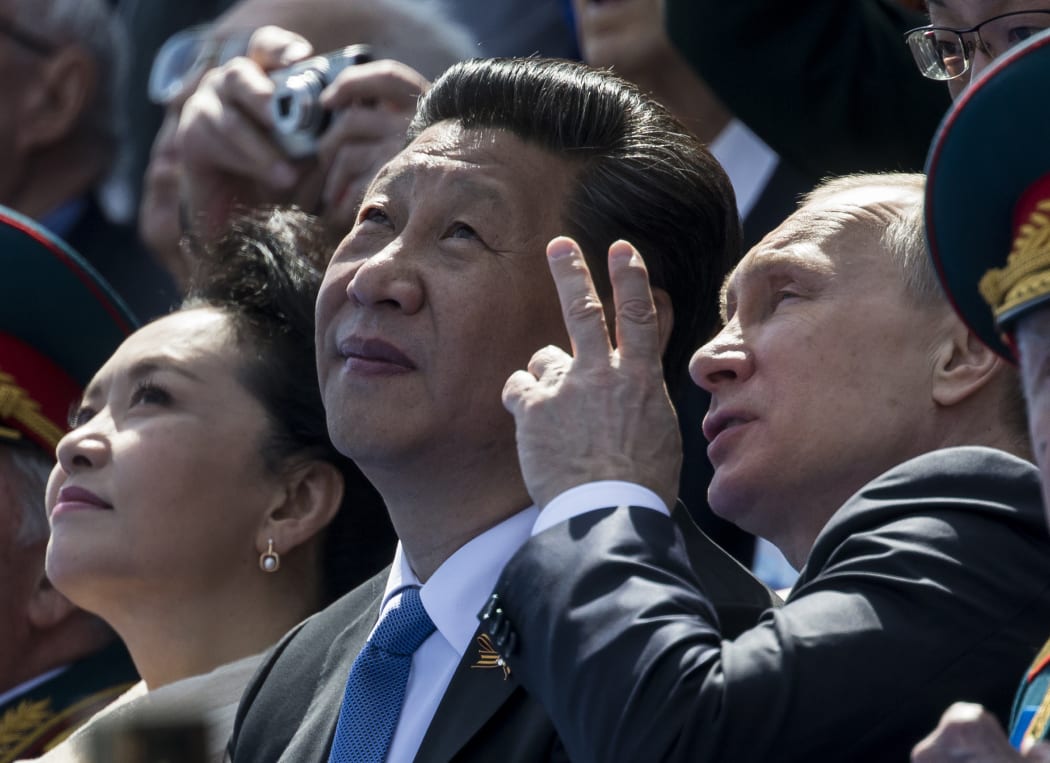
Russian President Vladimir Putin (R) speaks with Chinese President Xi Jinping (C). Photo: AFP
Frankopan tends to the view that whether an organised strategy or a muddle of projects, the Belt and Road still signals the growth of China and the resurgence of its central place in the world. In 2001 its GDP was 39% that of the US, today it is equal or greater. More importantly, it has put itself in the centre of the new Silk Roads. “China really is the only game in town,” a Minister of Finance tells Frankopan. “When they come with ideas, they also come with money for investment.”
Among the investments are strategic game-changers like the new port at Gwadar in Pakistan, once a cluster of fishing villages now the site of a new port and naval base providing a link to the $62 billion China-Pakistan Economic Corridor. Gwadar provides China an alternative to its congested shipping routes through the Straits of Malacca and into the South China Sea which can be vulnerable to a blockade. Instead, China can import the oil it depends on from the Middle East through Gwadar and then along the Silk Road to west China.
America in central Asia
He is also very good on the fading place of the United States in the affairs of the Silk Roads. There is, of course, the Afghanistan imbroglio. Frankopan points out the US seems to have declining or bad relations with the powers along the Silk Roads from Turkey to Iran, Russia and China. Perhaps only India can be placed in the positive territory and that is currently more out of hope than certainty.
Frankopan is right that too much of recent history and literature puts Europe at its heart, but he does rather forget the writers who have exulted in its wilder edges, among them Robert Byron, the formidably intelligent travel writer, whose Road to Oxiana was a twentieth-century classic. It begins with Byron in Vienna, his mind pondering the origins of Islamic architecture, so he sets off, aided and occasionally hindered by British diplomats, Russian consuls, soldiers, thieves and vagabonds, to Persia and Afghanistan in the 1930s. In some ways Kate Harris’ debut travel book Land of Lost Borders: A Journey on the Silk Road, shares some of Byron’s best traits; a fearlessness, a mystical edge, the sense that the hardship of the road is worthy not just because it gets you closer to a goal but because it should also be celebrated in itself. Both chafe at the division at the world along borders, boundaries and into nations.
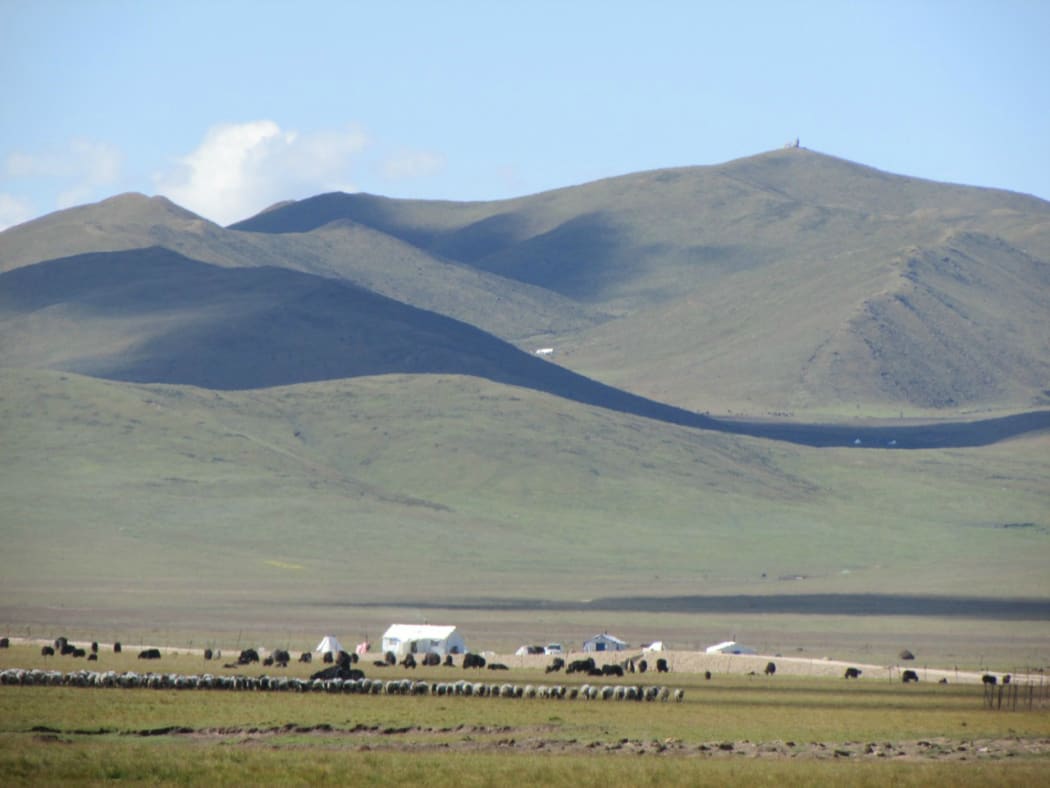
The Tibetan Plateau. Photo: Supplied
The clue to Harris’ book is in the title. She loves the wild edges of the world and distrusts national divisions. It is a journey, often an interior one, rather than a travelogue. The book opens with her dodging a Chinese border post to get into Tibet. Cycling the Silk Road from Turkey to China then up into Tibet to Nepal and, finally, into India, is an excuse to get lost and ignore national divisions.
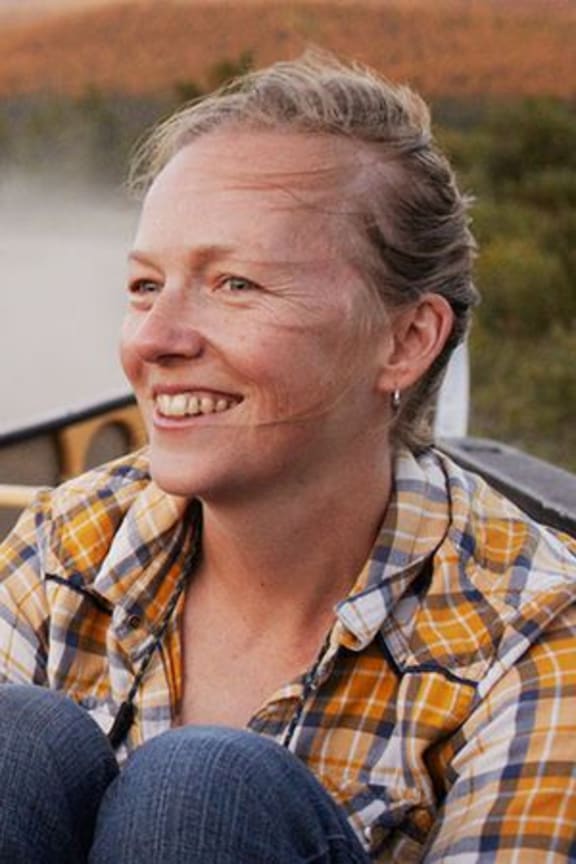
Kate Harris Photo: Supplied
Travel is one-part geography and nine parts imagination, writes Harris at one point. Harris muses about journeys, why humankind still wants to explore, what exploration teaches us and why we divide the world into nations. One literary reviewer harrumphed that if you want to learn about the countries of the Silk Road or even what type of bike Harris spent a year pedalling, this is not the book for you. He pointed out that Kyrgyzstan gets two sentences. He is close; it gets a page.
There are indeed few puncture repairs but many lyrical descriptions of cycling; “Ride far enough and the world becomes strange and unknown to you. Ride a little farther and you become strange and unknown to yourself.”
This is not a travelogue of the Silk Roads; it is a meditation on the joys of the wilderness and the poetry of going off the grid. The travel writer Colin Thubron called her debut, “a hymn to the pure love of travel”. Cycling up the Tibetan Plateau, Harris muses; “If to be an explorer, I must draw a map, I remember thinking, let it be like this, how the sky shifted and darkened over the plateau that night, and the sun gave a last golden glance through the clouds. How the mountains shone like bits of fallen gold all around me, glowed and were gone."
Along the route, she is moved by the kindness of strangers - one of the best moments is when an innkeeper invites Harris and her companion Mel Yule to a meal and then washes their hair, matted from weeks on the road. They shake off inquisitive pestering truck drivers and circumvent central Asian bureaucracy so byzantine it makes the old Soviet model seem a streamlined service by comparison. They subsist on little more than instant noodles, coffee, water and wonder along their 10-month, 8000-kilometre trek.
Voyager and Explorer
As a young girl growing up in semi-rural Ontario Harris dreamed of going to Mars so she wrote to world leaders urging them to authorise interplanetary travel. She retained that love of the wild, the empty and the unknown. It is this she sees in the Silk Roads. Her heart sings as she trundles towards Mt Ararat or cycles beside the Pamir mountains or up the Tibetan Plateau. One of her heroes is the eccentric explorer Fanny Workman, who cycled up to the Siachen Glacier a century ago, to unfurl a banner calling for votes for women. She is appalled by Darwin who as a young man advocated heading off to explore the world, then settled down in his cottage to endlessly write.
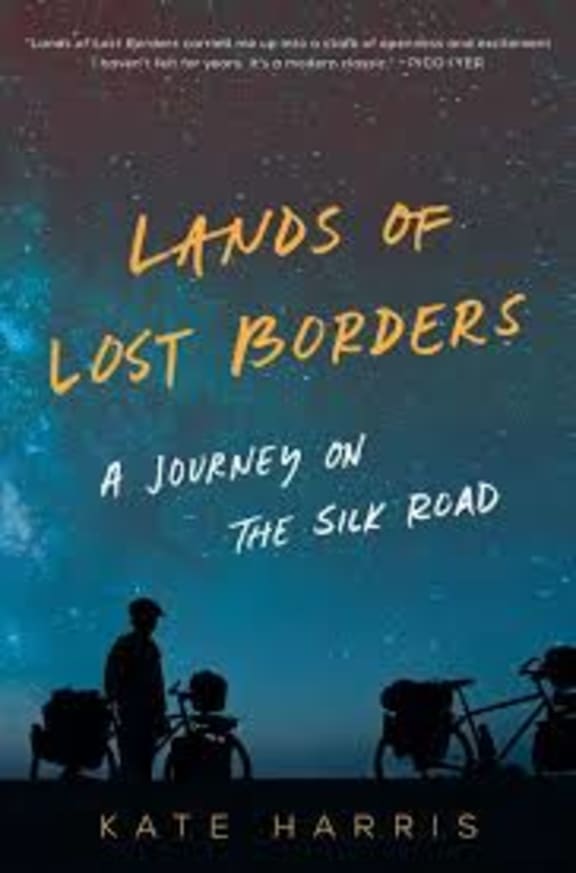
Travel book Land of Lost Borders Photo: Supplied
Marco Polo sparked her interest in the Silk Roads but she is turned off by his book of travels, filled with descriptions of markets, prices and goods for sale and precious little about the Taklaman Desert or the majesty of the landscape. It is a book, says Harris, “so utilitarian, so oblivious to wonder and beauty, so obsessed with the bottom line.” The economic growth of Turkey, so notable to Frankopan, is summed up by Harris in the dying, polluted Black Sea which is now so poor in oxygen but so rich in hydrogen sulphide that it smells of rotten eggs and the water looks like bath scum. Serves her right, she muses, for “searching for wilderness on the world’s oldest superhighway”.
There are signs of Frankopan’s national powers. Harris has to put on a face mask and wave Chinese flags to evade Chinese soldiers in Tibet. She is warned off the minefields along the Afghan border. The Turks can’t imagine why she would want to cycle anywhere else. But her main message is that people need to co-operate across borders to save the wilderness.
Frankopan and Harris make good companions across the massive swathe of Eurasia, it’s just that they experience it so differently. Frankopan would stop at every oil refinery, every gas pipeline, every highway linking the growing cities of the region and study every billboard to find ways the Silk Roads are rising. Harris would cycle on, eyes averted, her face turned towards some distant mountain, laughing wildly and arms outstretched to the wild empty yonder.

